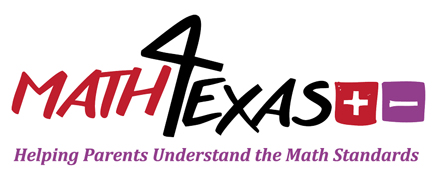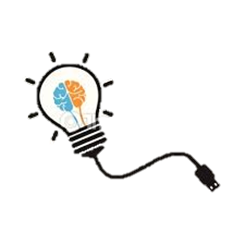T.i.P.S.
-
 It is important that when learning about personal financial literacy, students begin to see the connection between them all. For example, this standard goes along with establishing a positive credit history. Students need to understand the types of information a credit report gives someone (a creditor or yourself) such as: accounts, delinquent payments, closed accounts, repossessions, bankruptcy, foreclosure, and tax liens. Students also need to understand how long items stay on the credit history (ex. bankruptcy can be 7 or 10 years, depending on the type).
It is important that when learning about personal financial literacy, students begin to see the connection between them all. For example, this standard goes along with establishing a positive credit history. Students need to understand the types of information a credit report gives someone (a creditor or yourself) such as: accounts, delinquent payments, closed accounts, repossessions, bankruptcy, foreclosure, and tax liens. Students also need to understand how long items stay on the credit history (ex. bankruptcy can be 7 or 10 years, depending on the type).
Example
-
Which information is retained in a credit report? Justify your thinking for each choice.
Digital Tools
-
Click on the following links for interactive games.
Resources
-
Click on the following links for more information.
TEKS
-
6.14 Personal financial literacy. The student applies mathematical process standards to develop an economic way of thinking and problem solving useful in one's life as a knowledgeable consumer and investor. The student is expected to:
(E) describe the information in a credit report and how long it is retained





 Click
Click 

